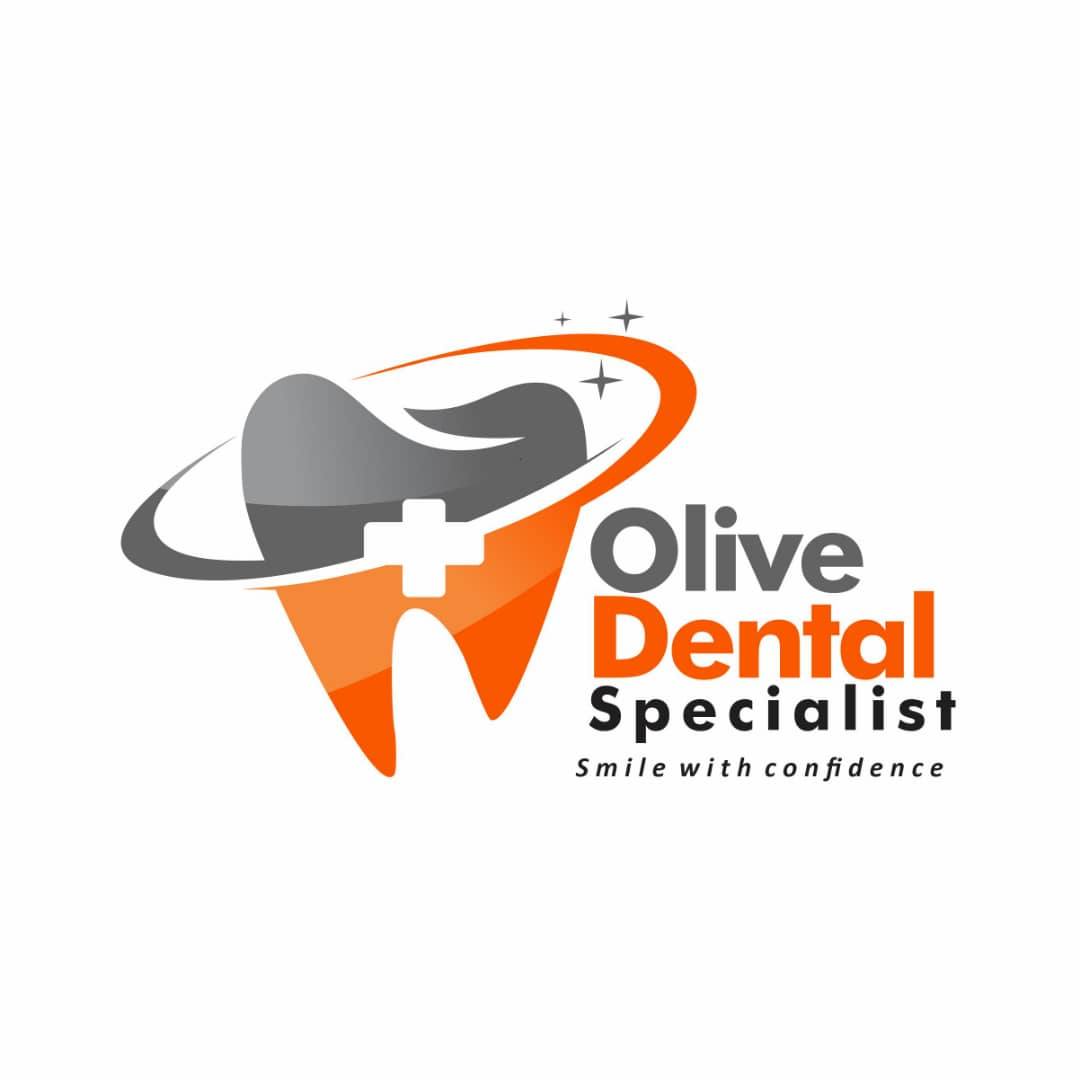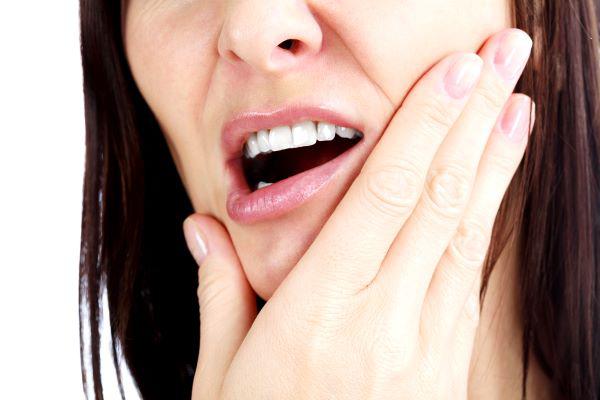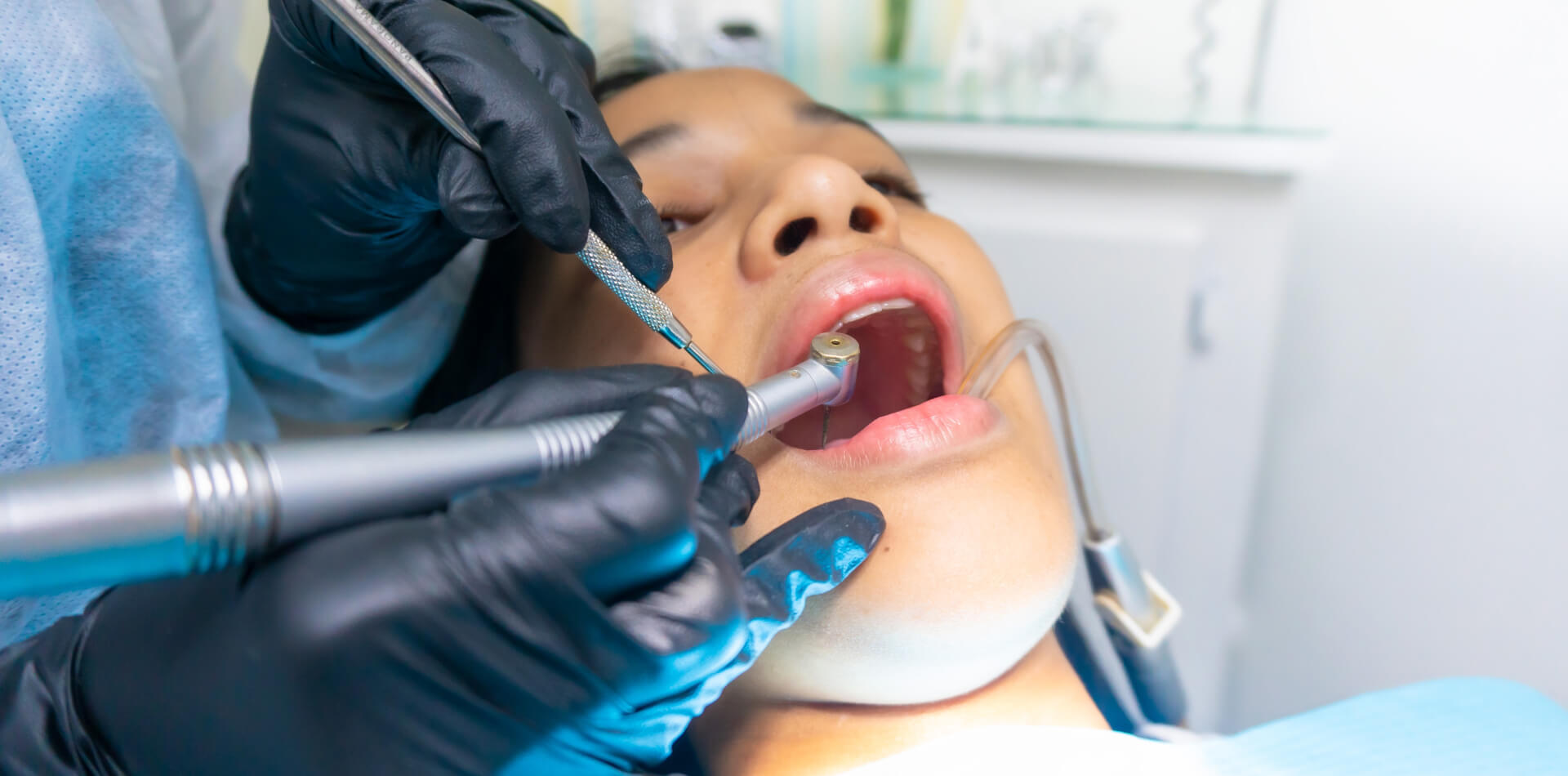The temporomandibular joint (TMJ) plays an essential role in basic everyday activities such as speaking, chewing, and even yawning. This joint functions as a sliding hinge, connecting the lower jaw (mandible) to the temporal bone of the skull, located on either side of the head near the ears. When this joint becomes dysfunctional due to stress, injury, dental misalignment, arthritis, or other underlying conditions, it can lead to a painful condition known as TMJ disorder or TMD.
TMJ disorder affects millions of individuals worldwide, causing a variety of symptoms including jaw pain, limited jaw movement, clicking or popping sounds, facial tension, headaches, earaches, and even neck and shoulder pain. Thankfully, when the disorder is triggered by muscle tension or stress, certain targeted exercises can offer natural and effective relief.
As part of our mission to provide comprehensive dental solutions that enhance both oral health and confidence, we’re sharing five highly effective exercises to help you manage TMJ discomfort and regain your quality of life. These exercises are easy to perform, non-invasive, and can be done from the comfort of your home. Let’s explore each one in detail.
1. Stretching Exercises: Loosen and Relieve Tight Jaw Muscles
Stretching exercises are one of the first lines of defense against jaw tension and TMJ pain. They help lengthen tight muscles, improve joint flexibility, and encourage proper alignment of the jaw.
How to Perform Jaw Stretches:
- Manual Massage:
Use your fingertips to gently massage your jaw muscles in small circular motions. Focus on the muscles right in front of your ears and along the sides of your face. Perform this at least ten times a day for a few minutes to ease tightness and improve circulation. - Jaw Opening and Holding:
Slowly open your mouth as wide as you can without causing pain. Hold this position for 5–10 seconds, then slowly close it. Repeat 5–10 times. This helps in elongating the jaw muscles and reducing stiffness. - Lateral Jaw Movement:
Move your lower jaw slowly to the left, hold for a few seconds, then shift it to the right. Perform this exercise in front of a mirror to ensure proper motion. Repeat the cycle 10 times to enhance jaw flexibility.
Pro Tip: Always perform these exercises slowly and deliberately. If you feel sharp pain, stop immediately and consult your dentist.
2. Breathing Exercises: Reduce Jaw Clenching by Managing Stress
Stress and anxiety are significant contributors to TMJ dysfunction. Many patients unknowingly clench their jaws or grind their teeth (bruxism) during times of stress, which aggravates TMJ symptoms. Breathing exercises can help you break this cycle by promoting relaxation and decreasing muscle tension.
Equal Breathing Technique (Sama Vritti):
- Find a quiet space and sit comfortably.
- Inhale slowly through your nose for four seconds.
- Hold your breath for a moment.
- Exhale slowly through your nose for four seconds.
- Continue this cycle for 5–10 minutes daily.
Regular practice can decrease physical and emotional stress, making you less likely to tense your jaw subconsciously.
3. Forward Jaw Movement: Build Strength and Stability
This exercise targets jaw alignment and muscular strength. It may feel awkward at first, especially if your TMJ pain is severe, but consistent practice can greatly improve jaw control and reduce the risk of joint locking.
How to Perform the Exercise:
- Place a thin object like a popsicle stick, tongue depressor, or plastic spoon between your upper and lower front teeth.
- Slowly push your lower jaw forward, keeping the object in place.
- Hold the position for five seconds and return to neutral.
- Repeat the exercise 5–10 times.
Once you’re comfortable, you can incorporate sideways movements—gently shifting your lower jaw to the left and right while holding the object in place.
Note: Discontinue this exercise if your pain worsens or if your jaw locks during movement.
4. Tongue-Up Exercise: Encourage Proper Jaw Mechanics
This gentle exercise not only promotes healthy jaw function but also retrains your muscles to move the jaw in a more balanced and less stressful way. It’s particularly useful for those who experience jaw clicking or minor dislocation when opening the mouth.
Steps to Follow:
- Place the tip of your tongue on the roof of your mouth, just behind your front teeth.
- While keeping the tongue in position, slowly open your mouth as wide as you can.
- Close your mouth slowly and repeat.
Aim to perform this exercise five to ten times in one session, several times a day. Over time, it will strengthen your jaw and promote smoother opening and closing movements.
5. Partial Goldfish Exercise: Restore Jaw Function and Balance
This controlled movement is named after the way a goldfish opens its mouth. It’s particularly beneficial for those with clicking jaws or minor dislocations.
Steps:
- Place the tip of your tongue on the roof of your mouth.
- Place one finger in front of your ear on the TMJ, and another finger (or middle finger) under your chin.
- Slowly drop your jaw halfway down, then close it.
- You should feel some resistance but no pain.
- Repeat six times per session, multiple times a day.
This exercise can retrain the muscles around the jaw and reduce abnormal joint movements.
Additional TMJ Pain Management Options
While exercises are effective for muscle-related TMJ issues, some cases may require more extensive intervention, especially when the underlying cause is structural or due to other health conditions like arthritis or dental misalignment.
Here are some complementary treatments:
- Over-the-counter medications:
Pain relievers like ibuprofen or acetaminophen can help manage short-term flare-ups. - Muscle relaxants:
These may be prescribed for patients experiencing significant muscle spasms. - Custom mouth guards/night guards:
These devices prevent teeth grinding (bruxism) during sleep and reduce the strain on the jaw joint. - Hot/cold compress therapy:
Applying a warm towel or cold pack to the TMJ area for 15–20 minutes can help relieve inflammation and muscle tightness. - Acupuncture and physiotherapy:
These holistic approaches target the root of the dysfunction and can improve outcomes when combined with traditional treatments. - Injections or surgery:
Corticosteroid or Botox injections may be recommended in severe cases. Surgical options are considered a last resort and are typically reserved for structural abnormalities that do not respond to conservative care.
Dental Issues and TMJ Disorder: The Critical Link
TMJ pain is often intertwined with underlying dental concerns. Conditions such as malocclusion (misaligned bite), gum disease, and abscessed teeth can shift bite alignment and strain the TMJ. After tooth extraction, adjacent teeth can drift, creating imbalances that exacerbate jaw tension.
Our dental professionals remain committed to providing comprehensive dental solutions that enhance both oral health and confidence. We emphasize preventive care, early intervention, and patient education to help individuals manage jaw discomfort before it worsens.
If you’re experiencing persistent TMJ symptoms or jaw pain, it’s essential to schedule a professional evaluation. Only a thorough dental exam can determine the root cause of your discomfort and guide you to the most appropriate treatment plan.
Final Thoughts
TMJ disorder can interfere with basic activities and affect your overall quality of life. Fortunately, simple, consistent exercises, along with targeted interventions, can offer relief and promote healing. From stretching to relaxation techniques, the exercises described above provide an excellent starting point for anyone looking to manage TMJ pain naturally.
However, if your symptoms persist, worsen, or interfere with your daily life, don’t hesitate to consult a dental specialist. At our practice, we’re dedicated to helping you regain comfort, function, and confidence in your smile. Through patient-focused care and tailored treatment plans, we aim to restore not just your jaw health but your overall wellbeing.
Your oral health is our priority—because when your mouth feels good, you feel good.



